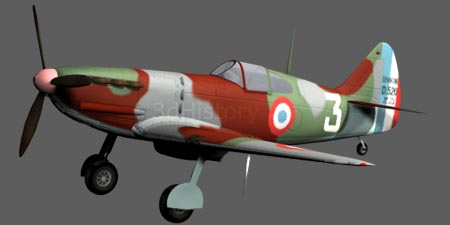The Second World War - Blitzkrieg - World War Two - War Machines
Blitzkrieg
On September 1st 1939 Germany launched an attack against Poland. In accordance with a secret agreement with the Germans the Soviet Union invaded eastern Poland on September 17th. By October 6th Poland was controlled jointly by Nazi Germany and the Soviet Union.
|
On October 8th Germany formally annexed western Poland. The key to the swiftness of the German campaign was in the aggressive use of mechanised forces to punch holes through the enemy defences. Weak spots would be ‘softened up’ using artillery and bombers. Fast armoured vehicles would attack these ‘soft’ points and then move around the enemy rear cutting off communications and supplies, forcing the opposition to either withdraw or surrender. Dive bombers were used to support ground attacks through the precision bombing of enemy troops and installations. The German Junkers 87 ‘Stuka’ was custom built for dive bombing. It first flew in 1935 and was combat tested during the Spanish Civil War. It could accurately drop a single 250 kg and four 50 kg bombs by diving directly at the target. Whistles were fitted to produce a screaming noise when diving. The Stuka had a crew of two, a maximum speed of 390 km/h and a range of 500 km. |
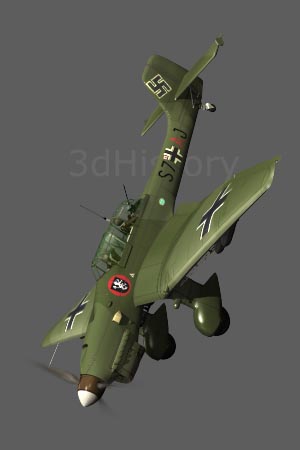 |
Reconnaissance was essential to find out where the enemy line was weakest. Armoured cars were ideal for this task.
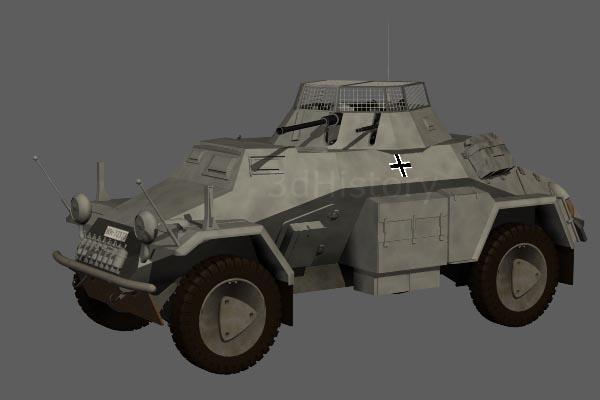
The German Sdkfz 222 was a four wheel drive light armoured reconnaissance vehicle first produced in 1935. It had a crew of 3, a maximum road speed of 80 km/h and was armed with one 20 mm cannon and one MG34 co-axial machine gun
In addition to providing battlefield intelligence these light weight vehicles could be used to actively pin down enemy forces, denying them the opportunity to manoeuvre.
The French and British possessed some mechanised units but they were subordinate to the slow moving infantry, lacked effective communications and were wasted in poorly co-ordinated counter attacks.
Vehicles capable of carrying supplies and weapons were an important part of any mechanised army.
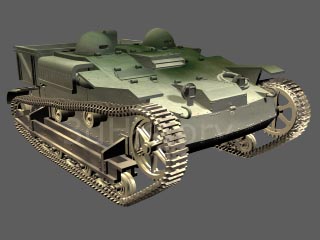 |
This light armoured utility tractor was produced by Renault for the French army and could carry 350 kg at 30 km/h for over 100 km. |
On September 3rd 1939 both Britain and France declared war on Germany after their demands for the withdrawal of German troops from Poland had not been met.
There followed a brief period whilst Germany concentrated her armed
forces on the borders with France and the Low Countries. The
German armoured divisions were finally unleashed on
May 10th 1940.
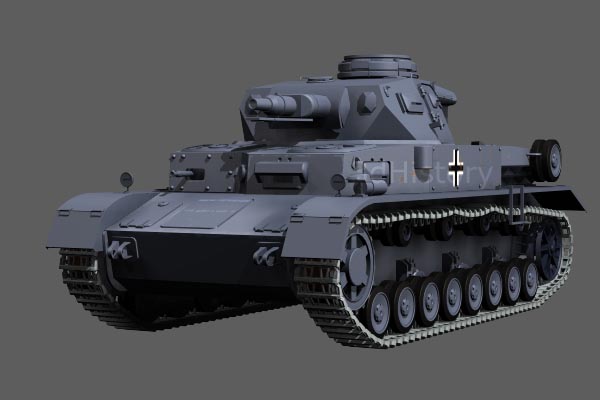
The Panzer IV was a German medium tank that was initially designed as an infantry support vehicle. The chassis formed the basis for a series of future main battle tanks, self propelled artillery and anti-tank vehicles. At this stage in the war the armament consisted of one short 75 mm cannon and two MG34’s. It had a crew of 5, a maximum road speed of 40 km/h and about 16 km/h off road. |
Medium tanks were used to support the infantry. Lighter, faster main battle tanks were intended to exploit any breach in the enemy defensive line. |
|
Tanks were not expected to engage in battles with other tanks. Tanks were supposed to be dealt with by specialised troops using high velocity anti-tank guns. The PAK 36 was a German 3.7 cm Anti-tank gun. The gun was barely able to destroy allied tanks during the campaign of 1940. It was virtually useless against later tanks, even when using a powerful hollow charge shell. |
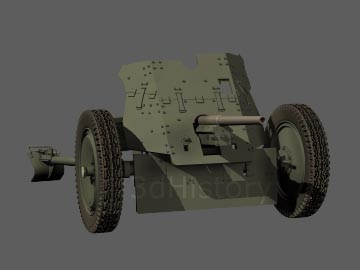 |
Paratroops were dropped behind enemy lines to secure strategic objectives like bridges and fortresses.
Many Allied frontline airfields were overrun with the loss of vital spares and support equipment.
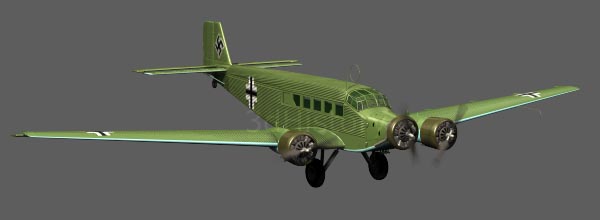
The German Junkers Ju52 could carry up to 18 troops or just under three tonnes of freight. Having a max speed of 210 km/h made it very vulnerable to attack and many were lost to antiaircraft fire in combat zones. It was primarily used to transport supplies but was also used as a bomber or to drop paratroops.
Fighters were used to secure air superiority and defend bombers from other fighters. |
|
The Dewoitine D520 was a French fighter that first flew during 1938. A few squadrons were equipped with this aircraft when Germany invaded France and the Low Countries in May 1940. At 520 km/h it was slower than its main opposition, the German bf109, but was slightly more manoeuvrable. It was armed with a single 20 mm cannon that fired through the propeller boss and four machine guns mounted on the wings.
After the French surrendered on June 22nd 1940 a lot of the captured equipment was pressed into service with the German forces.
The British Expeditionary Force left most of its heavy equipment behind on the beaches during the evacuation from Dunkirk.

